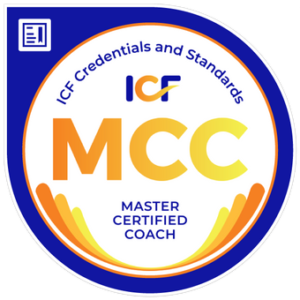
Have you ever been tasked to do a job and not given the tools you needed to do the job properly? Have you ever been the manager that had to assign an employee to do a job where you couldn’t provide the tools they needed?
The second question that the Gallup Q12 Employee Engagement Survey asks is – “I have the materials and equipment I need to do my work right.” There are very few things more frustrating than wanting to do the best job you can, but you don’t have the right equipment to do so. As valuable as hardware and software are to have the physical tools, systems, and processes necessary to do the work often the human component can get overlooked as long as there is someone in the seat to do a job.
In their book, First Break All the Rules: What the Greatest Managers Do Differently, 1999 Marcus Buckingham and Curt Coffman, sought to answer the following questions:
- “What lies at the heart of this great workplace?”
- “Which elements will attract only talented employees and keep them, and which elements are appealing to every employee, the best, and the rest?”
They were looking for answers to recruit, retain, and develop the best employees. To help them find the answers they went to the Gallup Organization’s research into the workplace. The authors believed that today it is no longer enough to look at the monetary profit and loss of a company; companies develop their real value from its human capital.
As important as recruiting, retaining, and developing the best talent is to an organization they often stop after this initial hire. When an organization stops at this point after hiring the employee and develops the wrong talent, it can be detrimental and costly to organizations not to mention what it does to the engagement level of the employee.
Carol was hired to be the database administrator for the learning management system at her company over ten years ago. Working with data was where she shined. The analysis of data and using it to tell a story was something she loved to do. When it was decided that a new learning management system was needed they didn’t purchase a third party system, they had someone in house build the system instead of paying the price of a third party system.
About a year after creating the system the designer took a job on the other side of the country. The decision was made to keep him on a maintenance contract to take of any coding issues or updates that the system needed. Shortly after the designers left, the system was moved to another department under a new leadership team. The new leadership team decided they did not want to pay for the maintenance contract with the designer.
The lack of a maintenance contract caused problems with the system when the operating system and security upgrades caused issues with the code that was already written. To add to the issue, the manager that she was assigned to work with did not think work on the system was a good use of resources.
Without a coder for the system to keep up with IT changes and a non-supportive manager who wanted her doing everything except what she was hired to do; her job that she one time loved had turned into a job she didn’t know how to do and didn’t want to do. And no one noticed or did they just not care?
There are four stages of engagement that everyone goes through on their way to achieve total engagement in their workplace. Every question on the Gallup Q12 also represents a point within the four stages of hierarchy—from primary needs and individual contributions to the desire to make improvements and apply new ideas. The second question that the Gallup Q12 Employee Engagement Survey– “I have the materials and equipment I need to do my work” right falls into the primary stage. If no one is paying attention to the primary needs of their employees and emotional impact this is having on someone’s workplace environment, how can it be expected that problems will be uncovered and corrected when they arise? How can companies expect engaged, productive employees when the company is not meeting the primary of the employee?
Getting your employees what they need to do their work is vital in demonstrating to employees that they are important and their work is valued. By showing that the company is supporting them in what they are asked to do creates a connection between the company and the employee. This connection is what creates an engaged employee. The importance of keeping your employees emotionally engaged in your organization should be a constant on a company’s horizon. Great managers keep this awareness by helping employees see how their requests for materials and equipment connect to important outcomes.
Where do you think the answer lies? Is it the employee’s responsibility to make sure their primary needs at work are met? How can an employer keep the conversation open with current workers to make their needs are met? Please share your experiences or thoughts below .





